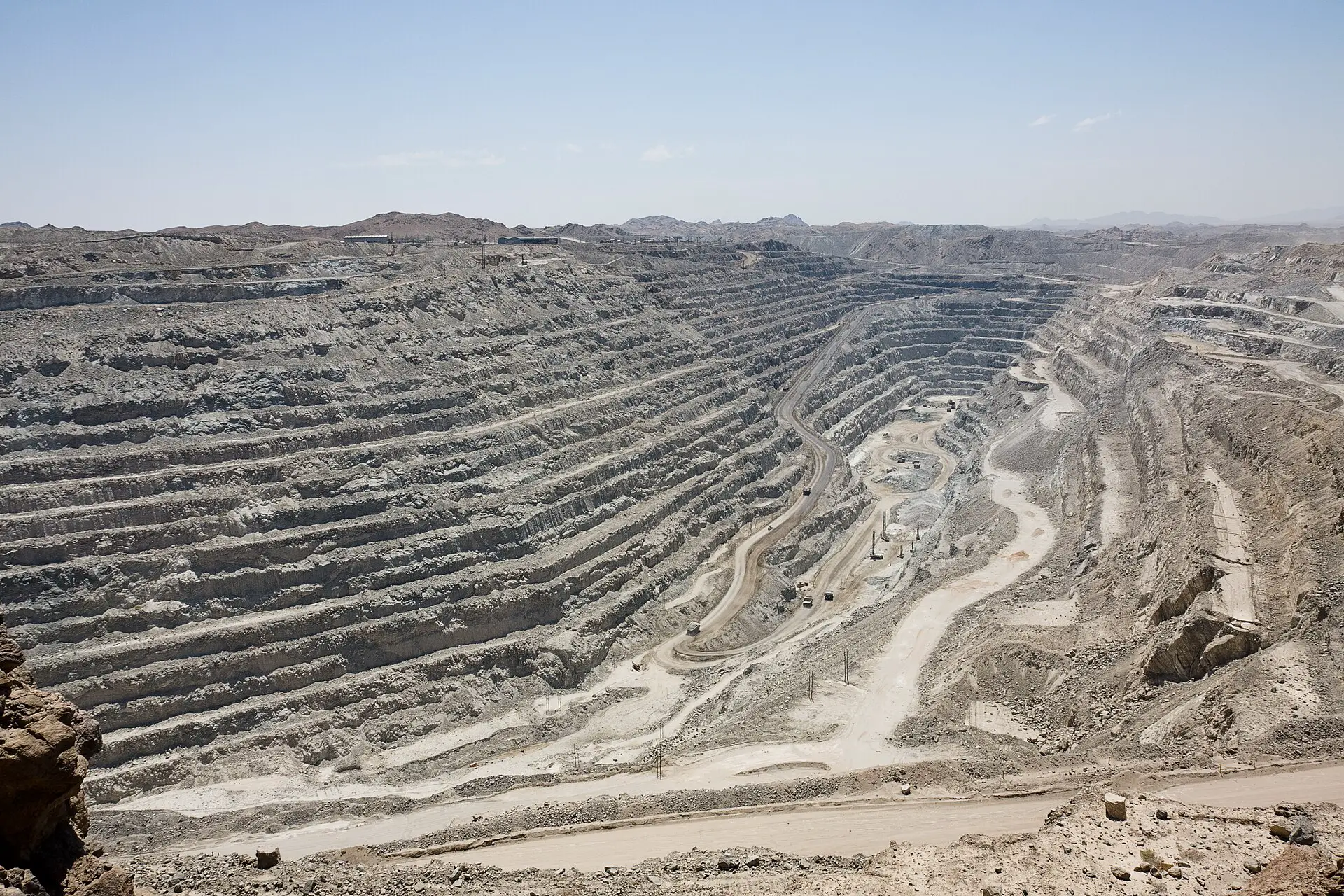
Nuclear power is an important part of China's energy mix and the country has invested significantly in its development and expansion in recent decades. Currently, China has the largest number of nuclear reactors under construction in the world and is the third country with the largest installed nuclear energy capacity, after the United States and France.
According to the World Nuclear Safety Council, as of September 2021, China had 52 nuclear reactors in operation and another 18 under construction, representing a total nuclear power generation capacity of approximately 51 GW.
Additionally, China plans to build many more nuclear reactors in the coming years, with the goal of increasing its installed nuclear power capacity to 70 GW by 2025.
List of nuclear power plants in China
Daya Bay Nuclear Power Plant
 Located in the province of Guangzhou, the Daya Bay Nuclear Power Plant is a nuclear energy complex that operates two PWR (Pressure Water Reactor) reactors of approximately 944 electrical megawatts (MWe) each. The plant is known for its international cooperation in nuclear energy, in collaboration with Hong Kong and France.
Located in the province of Guangzhou, the Daya Bay Nuclear Power Plant is a nuclear energy complex that operates two PWR (Pressure Water Reactor) reactors of approximately 944 electrical megawatts (MWe) each. The plant is known for its international cooperation in nuclear energy, in collaboration with Hong Kong and France.
Qinshan Nuclear Power Plant
Located in Zhejiang province, the Qinshan Nuclear Power Plant is one of the largest in China. It operates several reactors, including PWR and PHWR (Heavy Water Coolant and Moderator Reactor) reactors. Its total capacity exceeds 4,500 MWe, with plans to build additional reactors.
Tianwan Nuclear Power Plant
Located in Jiangsu Province, the Tianwan Nuclear Power Plant operates four PWR reactors with a total capacity of more than 3,000 MWe. In addition, it has two additional reactors under construction.
Fuqing Nuclear Power Plant
Located in Fujian province, the Fuqing Nuclear Power Plant operates six PWR reactors, with a total capacity of around 6,000 MWe. Additionally, there are plans to build additional reactors in the future.
Yangjiang Nuclear Power Plant
This nuclear power plant in Guangzhou province operates several PWR reactors with a combined capacity of approximately 6,000 MWe, supporting the growing energy demand in the region.
Sanmen Nuclear Power Plant
In Zhejiang, the Sanmen Nuclear Power Plant operates two PWR reactors with a total capacity of around 2,000 MWe. In addition, it has two more reactors under construction.
Ningde Nuclear Power Plant
Located in Fujian province, the Ningde Nuclear Power Plant operates several PWR reactors with a total capacity of more than 4,000 MWe, with plans to further expand its capacity.
Haiyang Nuclear Power Plant
In Shandong province, the Haiyang Nuclear Power Plant operates two PWR reactors with a combined capacity of approximately 2,000 MWe and has plans to build two additional reactors.
Hongyanhe Nuclear Power Plant
Located in Liaoning, the Hongyanhe Nuclear Power Plant operates four PWR reactors with a total capacity of approximately 4,600 MWe.
Fangchenggang Nuclear Power Plant
In Guangzhou province, this nuclear power plant operates several reactors, including PWR reactors, and has a total capacity of more than 4,000 MWe, with plans for future expansion.
Uranium mines
 China has significant uranium resources and operates uranium mines to supply its growing nuclear industry. Until my last update in September 2021, here is information on some of the uranium mines in China:
China has significant uranium resources and operates uranium mines to supply its growing nuclear industry. Until my last update in September 2021, here is information on some of the uranium mines in China:
-
Hengyang Uranium Mine: Located in Hunan province, the Hengyang uranium mine is one of the most important mines in China. It produces uranium concentrate and has contributed to the supply of uranium for the country's nuclear industry.
-
Yining Uranium Mine: Located in the Xinjiang Uyghur Autonomous Region, in the far west of China. The Yining uranium mine is known for its low-enriched uranium deposits.
-
Lantian Uranium Mine: Located in Shaanxi province, this mine is another significant source of uranium in China. It produces uranium concentrate and supplies processing plants.
-
Huairen Uranium Mine: In Shaanxi province, this mine is part of the country's uranium resources. It has contributed to the supply of raw materials for the Chinese nuclear industry.
-
Dabu Uranium Mine: Located in Guangzhou Province, the Dabu Uranium Mine is one of the newest uranium mines in China, and its production contributes to the country's nuclear program.
China's energy future
China, as one of the world's largest and fastest-growing economies, faces significant challenges and opportunities in the energy field. China's energy future prospects reflect its commitment to sustainability, the diversification of its energy matrix and the reduction of carbon emissions.
China is moving towards a cleaner and more sustainable energy mix to address growing energy demand and environmental concerns. A fundamental part of this transition is the increase in nuclear capacity. Nuclear energy plays a crucial role in this energy future due to its ability to generate electricity continuously and with low carbon emissions.
China has been building nuclear reactors and plans to expand its nuclear capacity in the coming decades. Nuclear power is seen as a key source for reducing carbon emissions and meeting growing energy demand, especially in a country as densely populated as China.
Investment in nuclear technology and international cooperation in this field are pillars of China's energy strategy. Through scientific research and development of advanced reactors and improving nuclear safety, China seeks to make the most of nuclear energy safely and efficiently.
Additionally, nuclear energy plays a role in the electrification of key sectors, such as rail transportation and seawater desalination. This contributes to the decarbonization of sectors that have traditionally depended on fossil fuels.